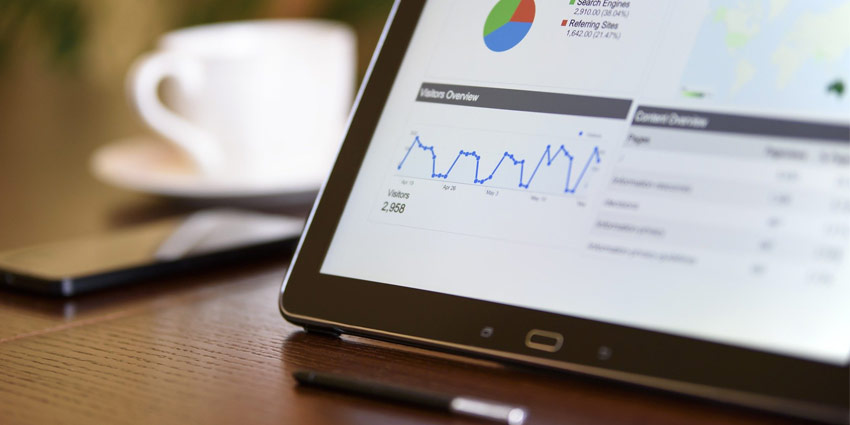In a world where half of all human life is connected to the internet, it’s fair to say that we’re all generating quite a bit of data. The amount of information generated every day, through phone calls, instant messaging conversations, and more, is incredible.
That data plays a critical role in everything from business optimisation, to cost-cutting, and even customer experience. The question is, how do we capture the information available, and use it in a manner that’s going to deliver great results?
Today, we’re going to look at some of the amazing ways that business leaders can unlock the power of analytics and use it to transform their organisation.
1. Use Contact Centre Data to Personalise CX
Consumers are one of the groups generating the largest amounts of data in today’s digital world. People in different channels are constantly providing access to new pieces of information about everything from buying habits, to sentiment towards certain brands.
The proper analysis of consumer data is the key to unlocking a better insight into your customers. Data analytics, for instance, will allow you to better understand the behaviours and needs of your target audience so that you can personalise the customer journey more effectively.
One particular metric that contact centre data helps to improve is first-time call resolution. If you can figure out what customers need, and how to route them to the correct agent with the right information, you can reduce the need for multiple calls. Remember, customer satisfaction drops by 15% every time a customer needs to call back!
2. Access Data to Improve Compliance
Another area that businesses need to be wary of in this modern landscape, is compliance with security and privacy measures. Requirements like GDPR mean that business leaders need to be incredibly careful about the information that they collect and where it’s stored. With call analytics, it’s possible to keep track of any issues that might require immediate action.
At the same time, with speech technologies, it may be possible to improve the security of the contact centre too. For instance, technology like biometrics and artificial intelligence in the contact centre is making it easier to identify crucial markers in voices that can determine whether a caller is who they say they are. This could reduce the risk of toll fraud.
Everything from advanced analytics, to real-time alerts when dangerous calls are identified creates a more secure environment for businesses and their customers.
3. Unlock Predictive Analytics to Plan for the Future
Another fantastic option for using analytics in the business landscape, is to plan for the future. Predictive analytics is a strategy that involves using information that you already have to determine the answers to future questions. This could mean gaining an insight into the future needs that certain customers may have, or even anticipating future trends.
With predictive analytics, you can figure out what customers need in advance, and anticipate future issues and contact requests, so you can proactively connect with clients. Predictive analytics also help with training agents, so they’re ready to resolve problems quickly, and they allow you to plan for fluctuations in demand too!
With predictive analytics, you could potentially plan every stage of the customer journey, and make sure that you’re ready to deliver everything they might need.
4. Transform Performance with Real-Time Insights
Historical data is powerful in its own right, but there’s another kind of information available in today’s communication world, and that’s real-time insights. With real-time interaction and performance data, you can improve customer experience with an overview of interactions as they’re happening.
At the same time, this information can enhance employee performance, by alerting supervisors when people need extra help solving client problems. You could even combine your real-time insights with other automated machine learning techniques and virtual assistants. For instance, when analytics detects a conversation going south, it can use historical data to provide suggestions on what employees should do next.
Real-time insights can explore everything from the success of sales calls, to the sentiment in a customer’s voice.
Mastering Business Analytics
The right analytics strategy in today’s landscape unlocks endless opportunities. Your tools can provide you with a single point of truth for all interactions and highlight crucial moments in customer experience across multiple channels.
At the same time, data allows you to enhance your workforce, through real-time analysis, workforce optimisation, and even virtual assistants. Some businesses may even use their data to train future machine learning tools that will assist the business even further.
Unfortunately, businesses still aren’t making the most of their data. While 85% of executives feel that data and analytics are important, 68% say that they avoid major changes in their initiative because they’re worried about transformation.
Are you ready to get ahead of the curve?







